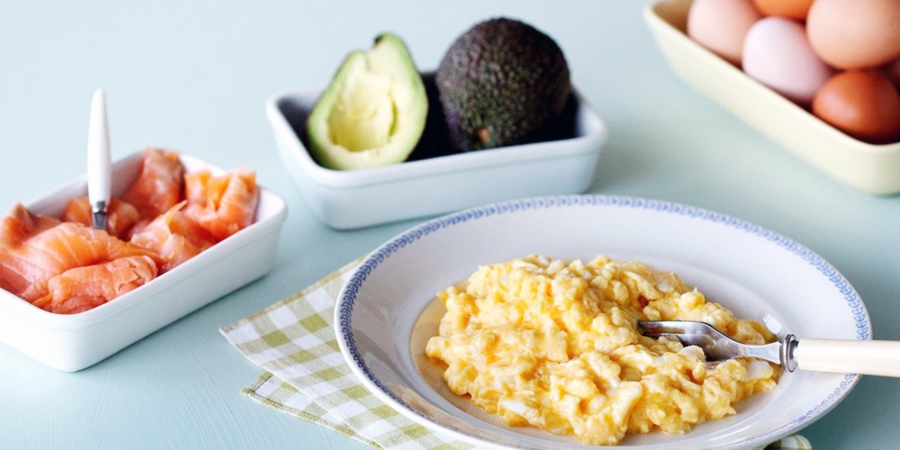It seems everybody who is on the ultra low carb keto diet. However, what is keto diet? What can you eat on keto? To answer all these questions here – and with the extra incentive of losing the additional pudge around the middle which winters delivered – I also tried out this diet for 14 days.

What is the keto diet?
This diet was developed at the Mayo Clinic in 1924 as a treatment for epilepsy by Dr. Russell Wilder. Research has found the ketogenic diet to be effective in decreasing the severity and frequency of seizures in those with severe epilepsy, however, many people, which include A-list of Hollywood, have adopted this diet for a quick fat burn.
The keto diet involves consuming very small amounts of carbs, medium level of protein and obtaining most of the daily kilojoules from fats. Carbs are the preferred source of energy for the body. When you starve your body of carbohydrates, ketones (ketone bodies) are made by the liver from fat, as well as used as fuel for the body and brain. So on a keto diet, ketones replace carbohydrates as the main energy source of the body, meaning it runs nearly entirely on stored fat.
Also, ketones are produced when the total kilojoule intake of the body is low, as when you just run short of stored energy, the body will instead, burn stored fat, leading to weight loss. This process is known as being in the ‘ketosis state’.
What keto expert thinks
Based on a spokesperson of Australia’s Dietitians Association and an accredited practicing dietitian, Professor Clare Collins, there’s a wide variety of dietary approaches which come under that ‘keto diet banner’.
“Now, the classical keto diet has a ratio of four gram of fat to one gram of combined protein and carbohydrates. So basically it is 85 to 90 percent fat, which is not an exciting or palatable diet, as you could imagine, because of the massive restriction in quantities and types of foods which contain carbs, including cereals and bread, fruit, certain vegetables and dairy products as well.”
What can you really Eat on a Keto Diet?
The diet limits carbs to just 20 to 50g per day. Typically, a single slice of bread has 15gram of carbs, so you could imagine how restrictive this kind of eating could be.
The diet – or famous adaptations of it which you will find online and in books – suggests eating a high amount of animal products (so vegetarians and vegans may find the diet very hard to follow) with a range of the foods below:
Vegetables – rocket, spinach, kale, mushrooms, broccoli, cabbage, celery.
Proteins – lamb, beef, poultry, fish and seafood, pork, eggs, tofu (if you’re vegetarian).
High-fat dairy – high-fat cream, cheese, butter.
Herbs and spices – pepper, salt, coriander, basil, rosemary, garlic powder.
Fats – olive oil, coconut oil, flaxseed oil, macadamia oil, oil-dependent salad dressings.
Nuts and seeds – walnuts, macadamias, sunflower seeds, flax seeds, almonds, nut butter.
Sweeteners – monk fruit, erythritol, stevia, and other low carbohydrate sweeteners.
Some fruits – raspberries, avocados, blackberries, lemons, strawberries, limes.
Drinks – coffee, almond milk, tea, sparkling mineral water, water.

